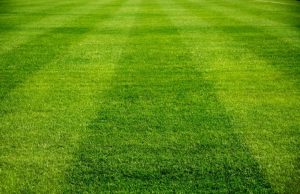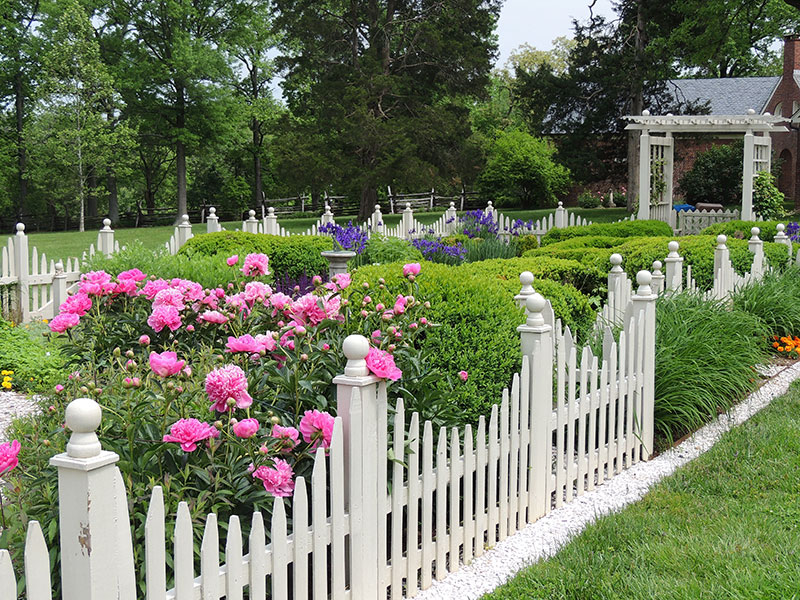It feels like the same story every year: Spring comes, and you are determined to have a beautiful lawn. You rake and seed and fertilize and water, but even with all of that hard work, you still don’t have the lush, green grass you’re dreaming of — or that your neighbor has. In frustration, you consider just ripping out the whole thing and putting in hardscaping, or a lovely flower garden. Even taking care of some fussy roses has to be easier than this!
Before you start tilling up your yard, you may want to consider a different strategy. One of the most common reasons that lawns don’t look their best is weeds. Depending on where you live, different invasive species of plants can overtake your whole yard, turning your beautiful green lawn into a patchy, scrubby-looking mess. While choosing quality grass seed and taking care of the grass is certainly important, the key to a beautiful lawn often lies in strategic weed management.

What Is Strategic Weed Management?
When you see weeds appear in your yard, what do you do? Do you run down to the home store and buy the first bag of weed killer you can find, and then spread it all over? Do you eliminate some of the weeds then wonder why they came back?
This reactive approach to weed management may work short term and keep your yard free of the occasional dandelion or crab grass patch, but it’s never going to work in the long term. In fact, no yard, unless it’s covered with artificial turf, will ever be completely weed free, since weeds can be spread by wind, rain, animals, even your shoes. However, with a weed management strategy, you can tackle the problem more efficiently. Developing a strategy involves five important steps:
Identifying the Weeds That Are Present
Different approaches are required for different weeds. Some weeds respond to herbicide, while others need to be hand-pulled. Not all herbicides work for all weeds either, so you have to know exactly what you are dealing with.
Identifying Any Possible ‘Cultural Control’ Methods
In some cases, weed problems are directly attributable to aspects of your property or things that you do. For example, bird feeders often lead to overgrowths of thistle. Other aspects that can affect weeds on your lawn are:
- The way you water. Thoroughly soaking the lawn every few days is better than light watering every day
- How you mow the grass. Grass that’s too short can allow weed seeds to germinate.
Learning more about the type of grass you have in your yard and the proper care allows you to identify things that you can do to control weeds naturally.

Applying Pre-Emergent Weed Control Products
Just because you cannot see weeds in your lawn yet doesn’t mean that the seeds aren’t there — and you won’t have a weed problem later. Using a pre-emergent herbicide kills the seeds before they germinate, so the weeds never appear.
This generally needs to occur in the fall or early spring. This approach does not eliminate existing weeds, nor is it permanent, but over several years, you should see fewer invasive weeds appear in your lawn.
Dealing With Existing Weeds
Once you have dealt with the weeds that haven’t appeared yet, you need to address the weeds that you can see. If there are only a few plants visible, hand-pulling is your best option. Be sure that you remove the entire root system, as leaving behind roots and tubers will only let the weeds return.
If you have more than a few plants, a broad-leaf herbicide may be a better option. You have several options for these herbicides, including sprays and granular mixes that combine fertilizers with the herbicide. Which option is better for you depends on how many weeds you have, the type of weeds, and how aggressive you want to be.
Ongoing Control
Weeds will never be eradicated in one shot. You must be vigilant, and watch for re-emergence of weeds, and commit to ongoing maintenance to keep them out of your grass.
If you follow these five steps for an effective weed management strategy, you should have a lush, beautiful lawn, free of the unsightly and invasive species that kill your grass. It requires time and effort, but the payoff is a lawn that will be the envy of the neighborhood.




